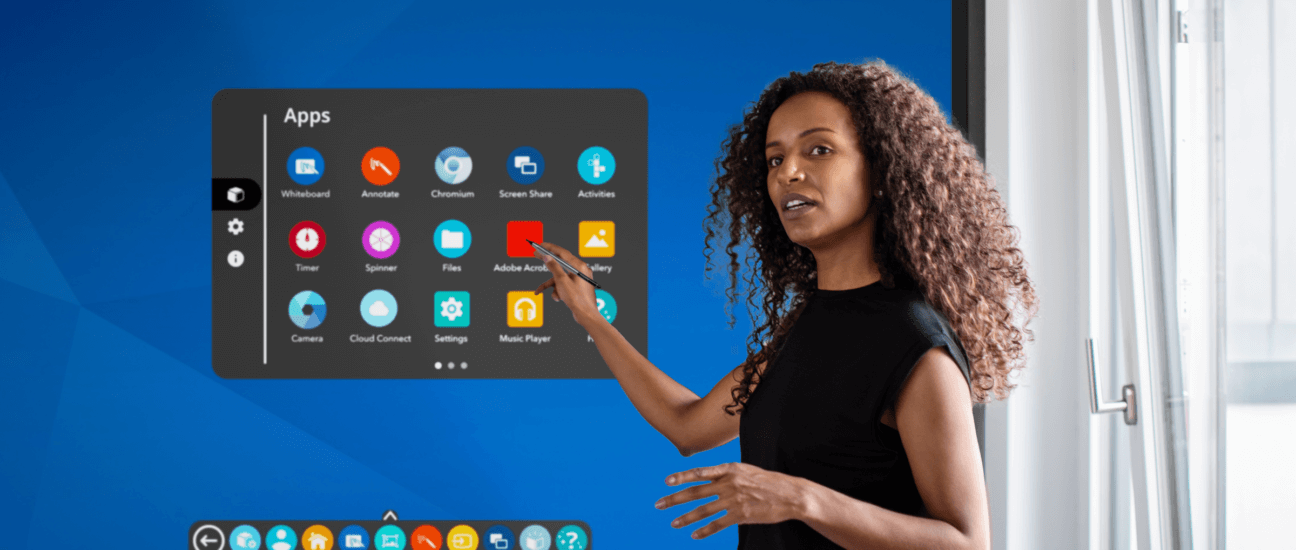We all know by now that digital technology use in classrooms is on the rise and will likely continue to rise for the foreseeable future. Having allowed schools to maintain continuity of education since the pandemic, digital devices are finally getting the recognition they deserve as important teaching and learning aids. Though the impact of technology on students is still worth discussing. So, what exactly are the benefits and drawbacks of a digitised classroom?
Does technology affect student performance?
Surveys have shown student motivation and engagement is higher with the use of technology in the classroom and curriculum. This high level of engagement has positive impacts on academic success.
When utilised to its full potential, edtech can provide an opportunity to teach higher-order thinking in children of all ages. Programs like games and AR/VR simulations can allow a wider range of skills to be practiced than traditional teaching methods.
What are the positives of technology in education?
Technology gives access to a world of resources and learning opportunities that were previously inaccessible. There are countless digital caches dedicated to teaching and learning content, many free to access. The Promethean Resource Library, for example, is filled with valuable teaching content for all ages.
Personalised learning is also made simpler with technology: customising lesson content and delivery to match individual students’ ability and learning style. This teaching method is widely known to have positive impacts on student results.
What are the negatives of technology in education?
A common criticism of technology in schools is that it can be a distraction for students. Some studies have found that students who start at the lower end of the attainment scale can benefit from a ban of mobile phones in class.
Still, many of these studies do not test the difference when mobile devices are embraced as teaching tools. The fact is students will need to get used to the likelihood of having a personal device at hand as they enter the workforce. When we teach children healthy digital habits, with monitored tech use, they have an opportunity to teach them valuable life skills.
When in excess, too much screen time can cause stress to children and adults alike. You may have experienced the behind-the-eyes headache following a day on the computer. An easy way to avoid this is incorporating brain breaks and mindfulness activities throughout the day. This gets the whole class refocused, energised, and avoids overstimulation.
What devices are best for classroom use?
Not all tech is created equal, especially when it comes to impact on students. It seems obvious but technology that is designed for use by teachers is ideal for maximising learning outcomes. The ActivPanel is designed by teachers, for teachers, with the intuitive tools that inspire meaningful moments in the classroom.
As we mentioned above, the jury is still out on mobile phones’ place in the classroom. With the high potential for distraction, when not monitored carefully they can cause lower-performing students to fall further.
Tablets can provide the same mobility and app-accessibility that phones do. Plus, their larger screen makes them a fun, engaging alternative to textbooks.
Laptops are excellent for detailed notetaking, as their keyboards are designed for fast writing, but they can be a little more prohibitively expensive for schools looking to provide a 1:1 device solution.
The interconnectivity of the ActivPanel means it acts as a centralised hub for all the above personal devices, creating an edtech ecosystem that’s greater than the sum of its parts.
Looking for more clever ways to make the most of the tech available in your school? Learn Promethean is an excellent source of professional development courses and resources to inspire teachers and ICT managers alike. Best of all, it’s all free, and courses can be completed in a time and place that is convenient for you.




